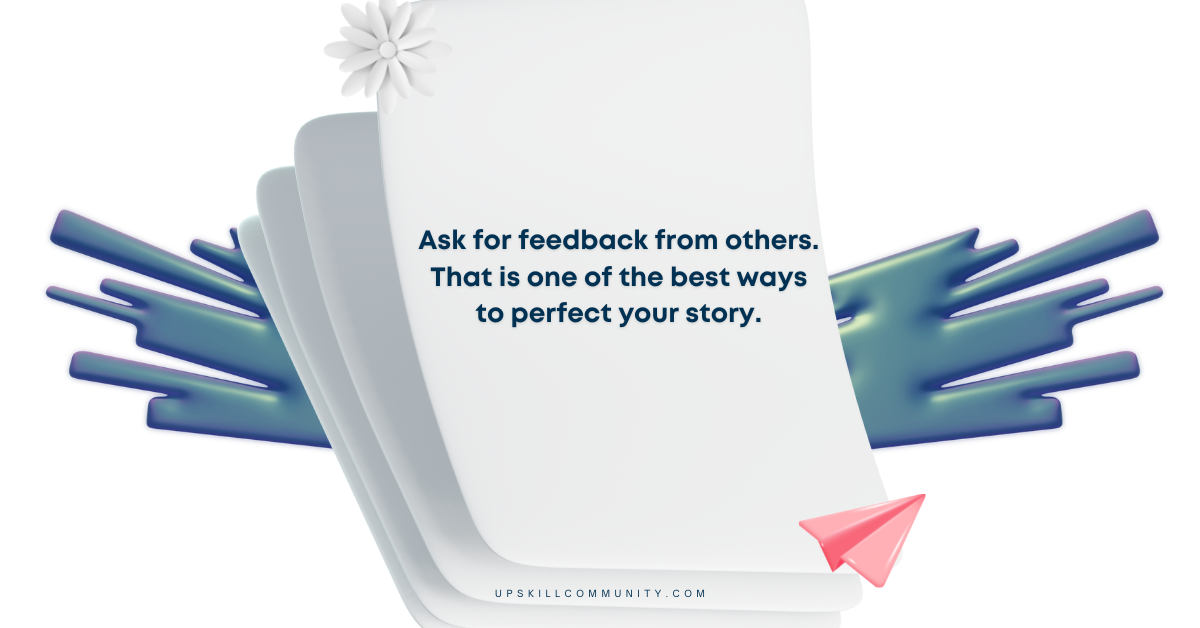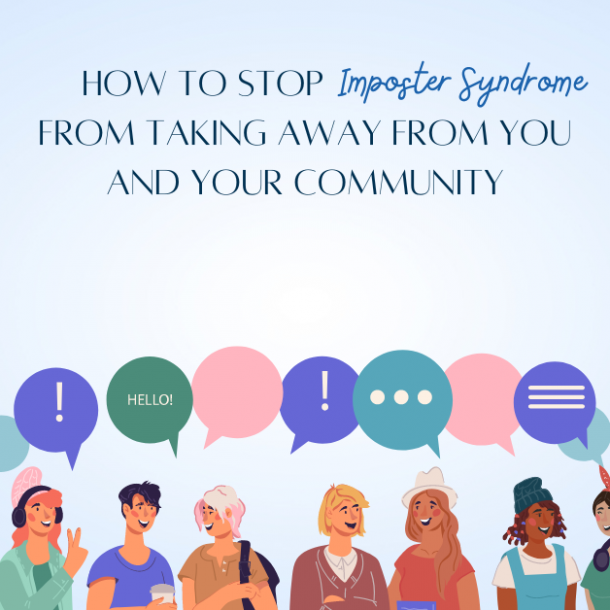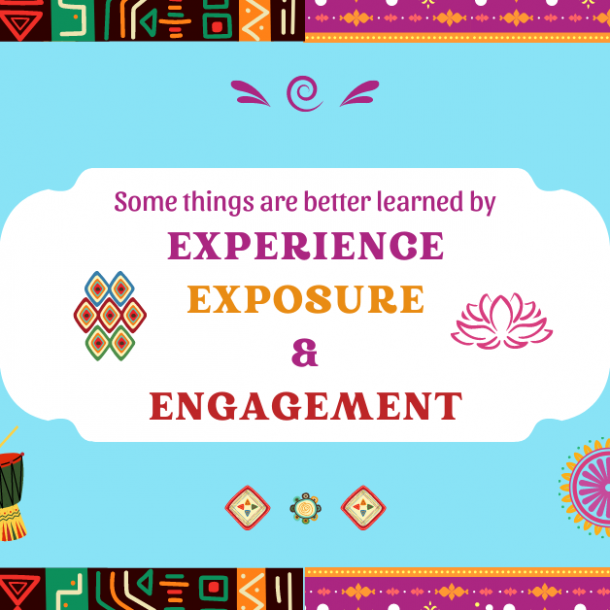3 Building Blocks of an Effective Story
“The universe is made up of stories, not of atoms,” Muriel Rukeyser.
In this blog post I want to take us back to our Fireside Chat with Colleen Stewart, where we focused on the importance of storytelling.
We can’t underestimate the importance of storytelling to our success. Every successful brand or figure is built with storytelling. It is a vital tool that helps us to connect with our audiences and stand out among all the other products or people that they can interact with.
We all tell stories in some capacity, whether it is with our friends, family or coworkers. There is at least one setting where we are effectively able to engage an audience (no matter how small). For some of you, the issue is translating that energy and confidence to a formal presentation.
Colleen Stewart broke down three key elements of storytelling with the UpSkill Community, and I hope they can be of use to you as you work on crafting a story that will get (and keep) an audience.
The first building block is a “hero.”
The hero is your Frodo Baggins: the central character of the story.
For a business presentation, it could be you.
Decide who the story is about.
If you’re doing a presentation, the hero is your audience. Your audience wants to know what they can get from you, so you need the presentation to address them. Maybe it can be a single person who represents them, who has the same issue they have. Then you can show how you solved the issue for that person, and how you can solve it for them.
The second building block is a goal.
Frodo needs to destroy the One Ring.
What does your hero want to accomplish? What does your audience want to accomplish?
The third building block is conflict.
If Frodo destroyed the ring within ten minutes, the movie would be dull.
There is no drama, no challenge, no conflict.
In Colleen’s experience, this is the block that is missing from business communication the most.
Many presenters assume their audience knows about the conflict they want to address. They don’t delve into it since they assume it is must be as important to the audience as it is to them.
Sometimes there is a lack of clarity: the conflict is not well-defined.
Other times, presenters might be too wary of painting themselves or their product in a bad light. They want to focus on the good, but the good is not always enough to engage. We need to know why we need it. What is the conflict?

Think of two forces against each other. What are you fighting against?
Understand the basic building blocks, and use them one brick at a time to build an effective story. Build on your skills, taking feedback from others, until you perfect your story.


